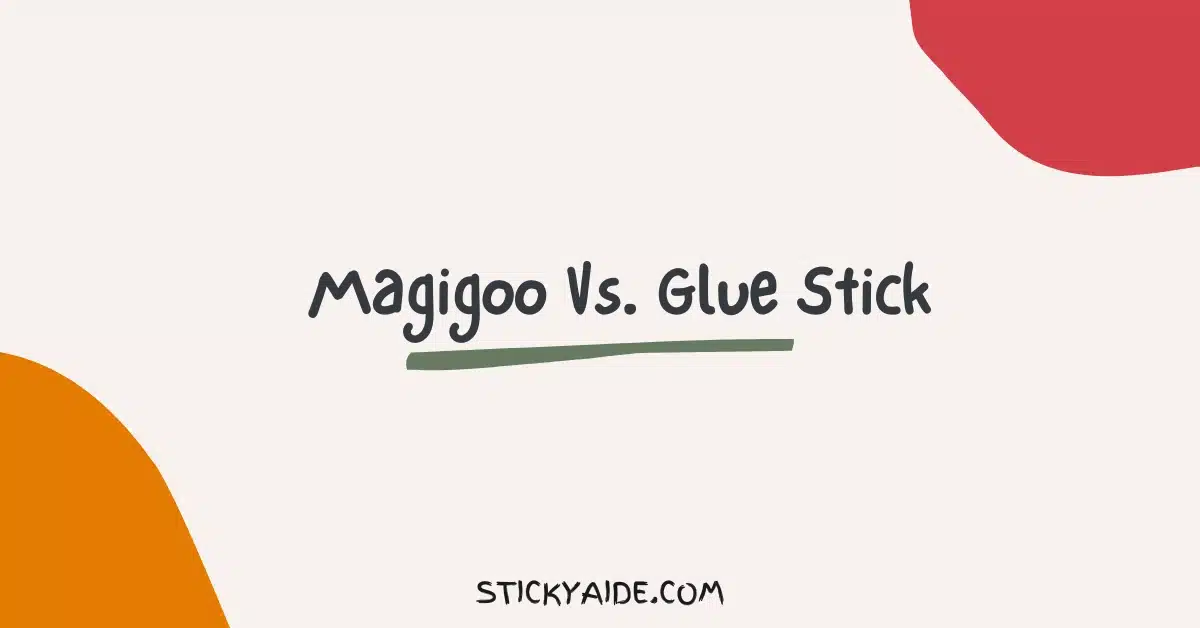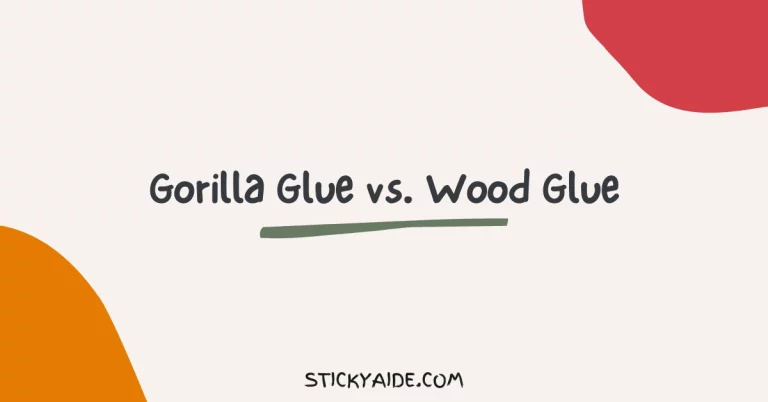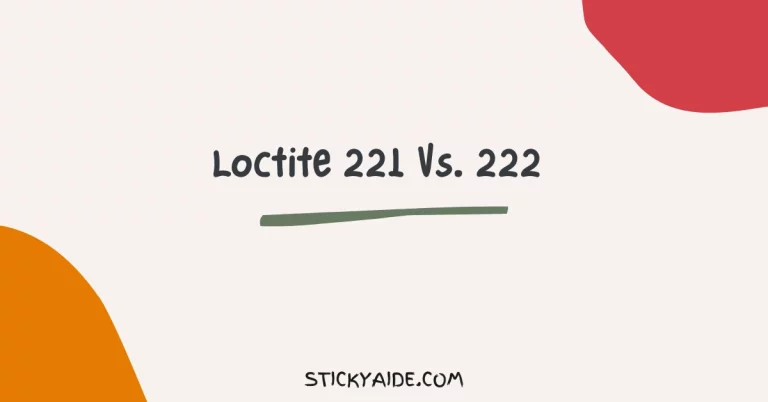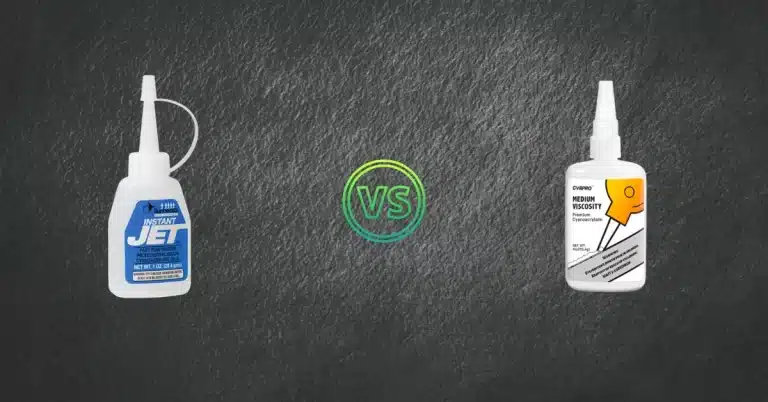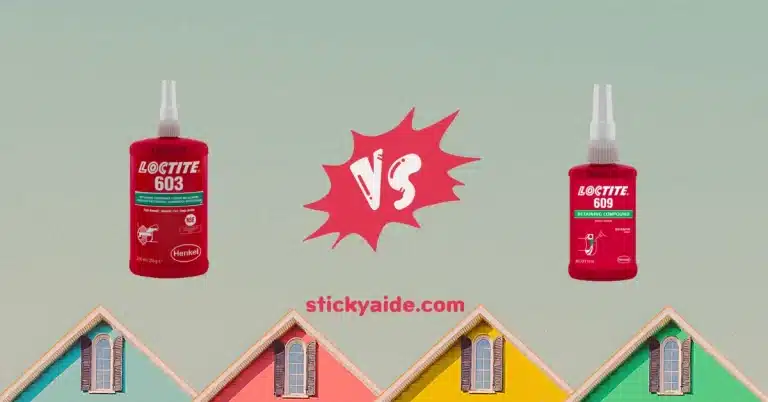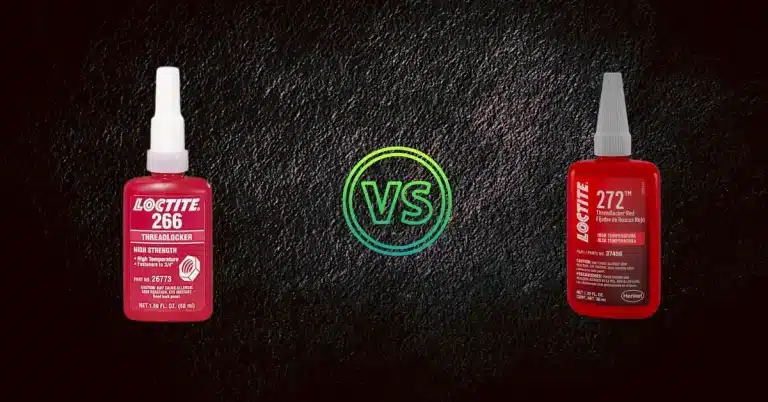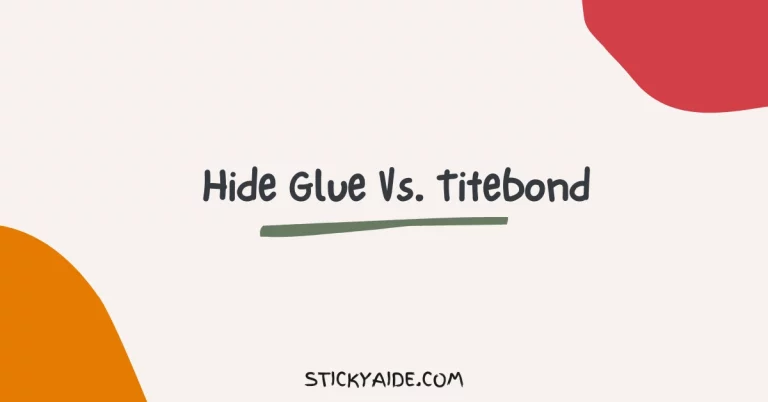The adhesion of the bed to the print surface is critical to the success of 3D printing. In order to keep their prints firmly in place on the build surface, many users use adhesives like Glue Stick and Magigoo.
There are so many adhesive options available that choosing the right one can be difficult. I am going to compare Magigoo vs. glue stick here so that you can decide which is right for you.
Read More: Jet Glue Vs. Super Glue
Magigoo Vs. Glue Stick
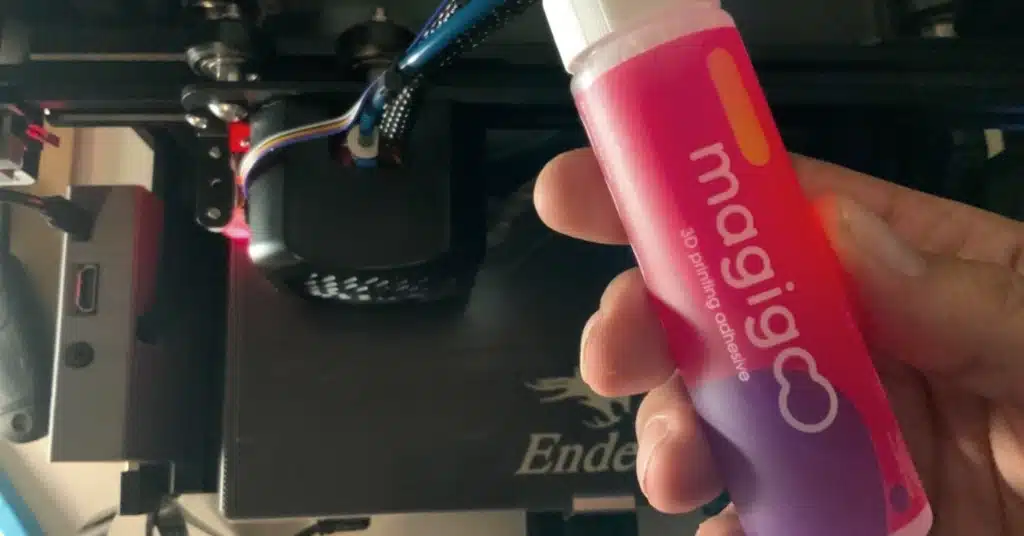
What is Magigoo?
The Magigoo 3D printing adhesive is designed to ensure printed objects adhere to the surface of the build. An applicator brush comes with the liquid, which is applied to the build surface after the surface has been heated up before printing begins. As soon as the print is complete, Magigoo can be easily removed from the build surface, which works with certain types of filaments, such as PLA, HIPS, ABS, and PETG.
Pros:
- Designed specifically for 3D printing.
- Applying and cleaning are easy.
- Provides a strong hold for large or complex objects.
- Different formulations are available for different surfaces.
Cons:
- It is expensive compared to other adhesives.
What is a Glue Stick?
In 3D printing, glue sticks are commonly used as an adhesive. In order to help the printed object adhere to the build surface, it is applied directly to the surface before printing. The glue stick can be used with a wide variety of filaments and is easy to apply and clean up. For users who are on a budget, it is also a viable option.
Pros:
- Low-cost adhesive option for 3D printing
- Can be used with a wide range of filaments
- Easy to clean up after printing
Cons:
- May not provide as strong of a hold as other adhesives
- May not be sufficient for large or complex objects

Differences Between Magigoo and Glue Stick
3D printed objects can be adhered to the build surface using Magigoo and glue stick adhesives. The main differences between Magigoo and glue stick are as follows:
Strength
Compared to glue sticks, Magigoo provides a stronger hold. In particular, this prevents the printed object from warping or shifting during printing when printing large or complex objects. Glue sticks may not provide as strong of a hold, especially for prints that are large or complex.
Application
There is a difference between applying Magigoo and applying glue stick. After the build surface has been heated up and before the printing process begins, Magigoo is applied. Glue stick, on the other hand, is applied directly to the build surface prior to printing.
Cost
In general, Magigoo is more expensive than glue stick. However, the higher price may be worth it if you are printing large or complex objects.
Compatibility
There are several types of filaments that can be used with Magigoo, including PLA, ABS, HIPS, and PETG. As a result of its formulation, it is compatible with these filaments and provides a strong hold. On the other hand, glue sticks are more versatile and can be used with many filament types.
Clean-up
You can apply Magigoo and glue sticks easily and clean them up afterward. It is easy to remove Magigoo from the build surface after the print is complete. It is possible for glue sticks to leave a residue on the build surface if they are not properly removed.
How Long Does Magigoo Last?
Approximately 100 prints can be made with one Magigoo pen. As best before dates depend on conditions of use and storage, but it should be used within a few months of opening.
Does Magigoo Work With PLA?
A variety of plastic filaments can be used with Magigoo, including PLA, HIPS, ABS, PETG, and even some brands of nylon.
Last Opinion
Choosing between Magigoo vs. glue stick ultimately comes down to your personal preferences and needs. Due to its strong hold and compatibility, Magigoo may be the better choice when printing large or complex objects.
A glue stick may be more practical if you’re on a budget or working with a variety of filaments. You should experiment with both adhesives to determine which produces the best results for your 3D printing needs.

